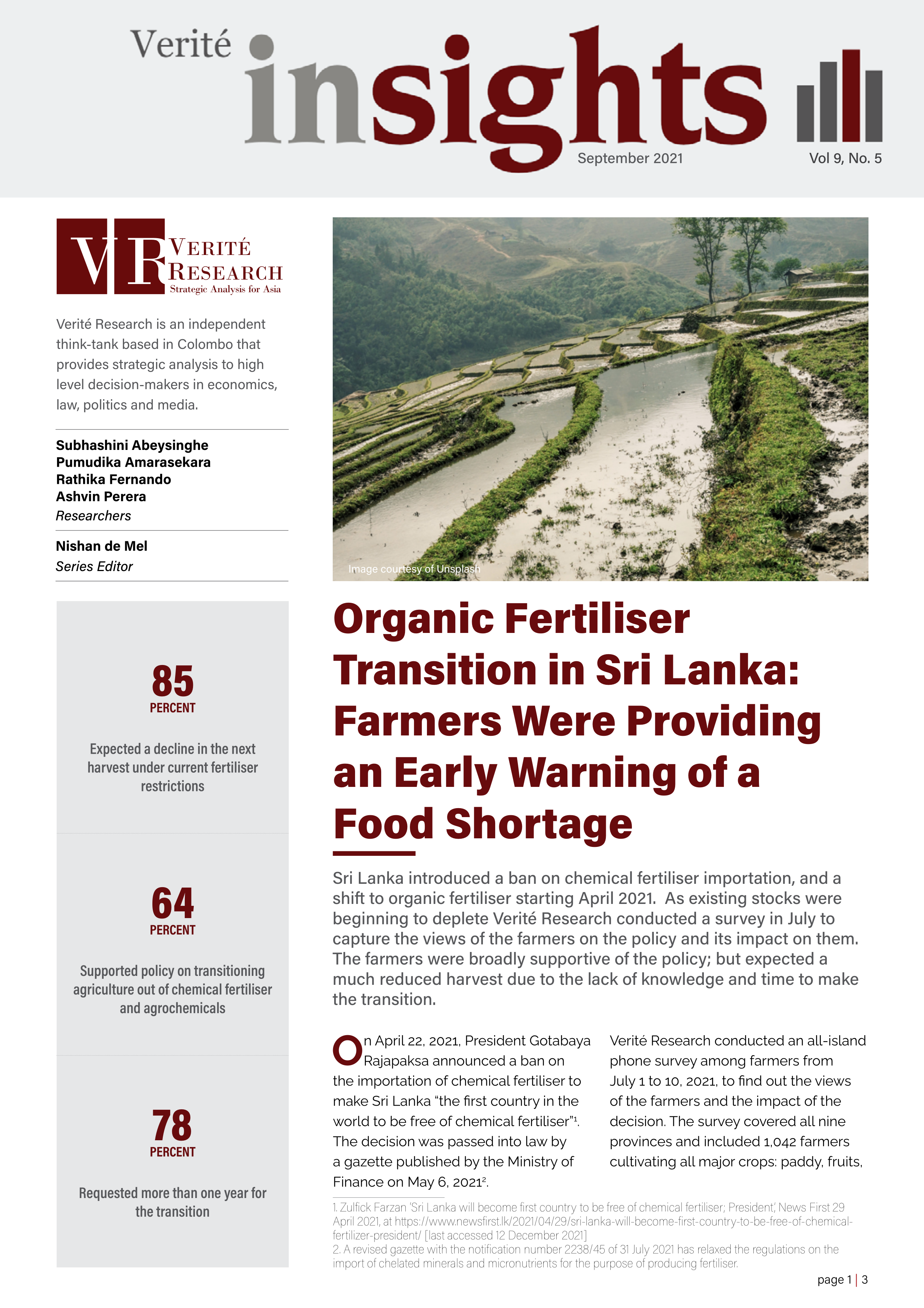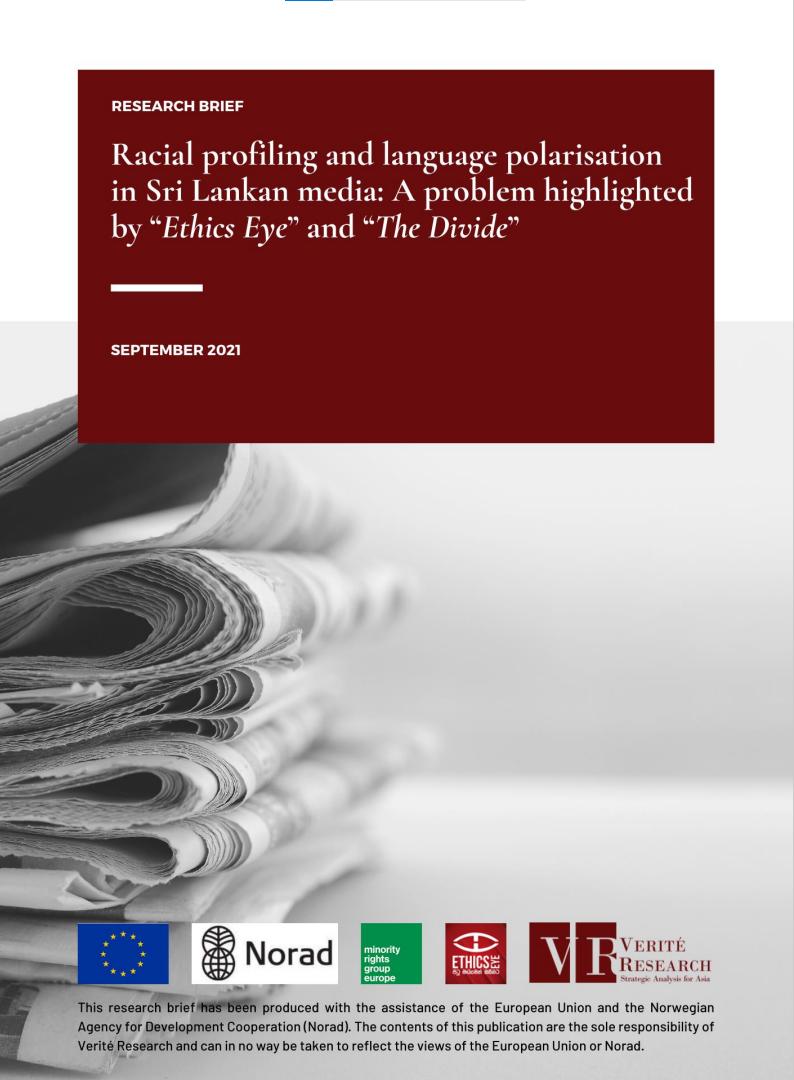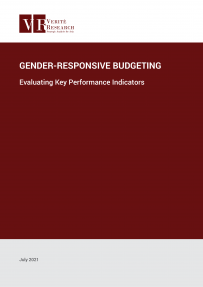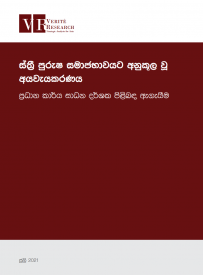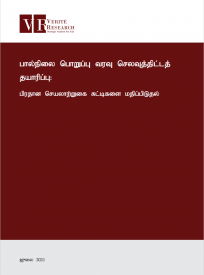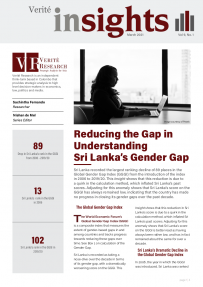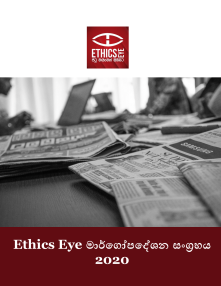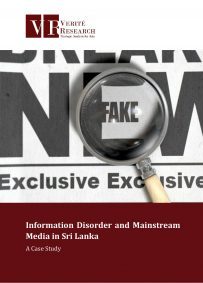Sri Lanka introduced a ban on chemical fertiliser importation, and a shift to organic fertiliser starting April 2021. As existing stocks were beginning to deplete Verité Research conducted a survey in July to capture the views of the farmers on the policy and its impact on them. The farmers were broadly supportive of the policy; but expected a much reduced harvest due to the lack of knowledge and time to make the transition.
This research brief introduces two ailments in the Sri Lankan media that have negative social ramifications on minorities: (1) racial profiling; and (2) language polarisation.
This report assesses the extent to which the government has implemented 12 gender-related Key Performance Indicators (KPIs). These KPIs were developed by the former Ministry of Women and Child Affairs towards achieving Goal 5 of the United Nations Sustainable Development Goals on gender equality and the empowerment of all women and girls.
ස්ත්රී පුරුෂ සමාජභාවය පිළිබඳ ප්රධාන කාර්ය සාධන දර්ශකයන් (ප්ර.කා.සා.ද.)12 ක් රජය කොතරම් දුරට ක්රියාත්මක කර ඇත්ද යන්න පිළිබඳව මෙම වාර්තාව ඇගැයීමට ලක් කරයි.
இந்த அறிக்கை அரசாங்கம் பாலினம் தொடர்பான 12 முக்கிய செயல்திறன் குறிகாட்டிகளை (KPIs) எந்த அளவிற்கு செயல்படுத்தியுள்ளது என்பதை மதிப்பீடு செய்கிறது.
Sri Lanka recorded the largest ranking decline of 89 places in the Global Gender Gap Index (GGGI) from its introduction in 2006 to 2019/20.
ශ්රී ලංකාවේ කර්තෘ සංසදය මගින් හඳුන්වා දී ඇති වෘත්තිය ප්රතිපත්ති මාලාව සහ, මාධ්ය හා වාර්තාකරණයට අදාළව ලෝකයේ වෙනත් පිළිගත් ආයතන, අධිකාරීන්, සංවිධානයන් මගින් ඉදිරිපත් කොට ඇති මාධ්ය ආචාර ධර්ම මාර්ගෝපදේශනයන් පරිශීලනය කොට, එම මූලාශ්ර ඔස්සේ ලබාගත් අසම්පූර්ණ මාධ්ය ආචාර ධර්ම ලැයිස්තුවක් එක් මාධ්ය ආචාර ධර්ම මාර්ගෝපදේශනයකට සම්පිණ්ඩනය කිරීමකි, මේ.
A considerable amount of research on ‘fake news’ or information disorder tends to to focus on social media as the producer and distributor of false content. Within this discourse on information disorder, mainstream media is often positioned as an inadvertent distributor of false and harmful content – not as a producer of such content. Therefore, limited attention is paid to the role of mainstream media as both a producer and distributor of information disorder.
